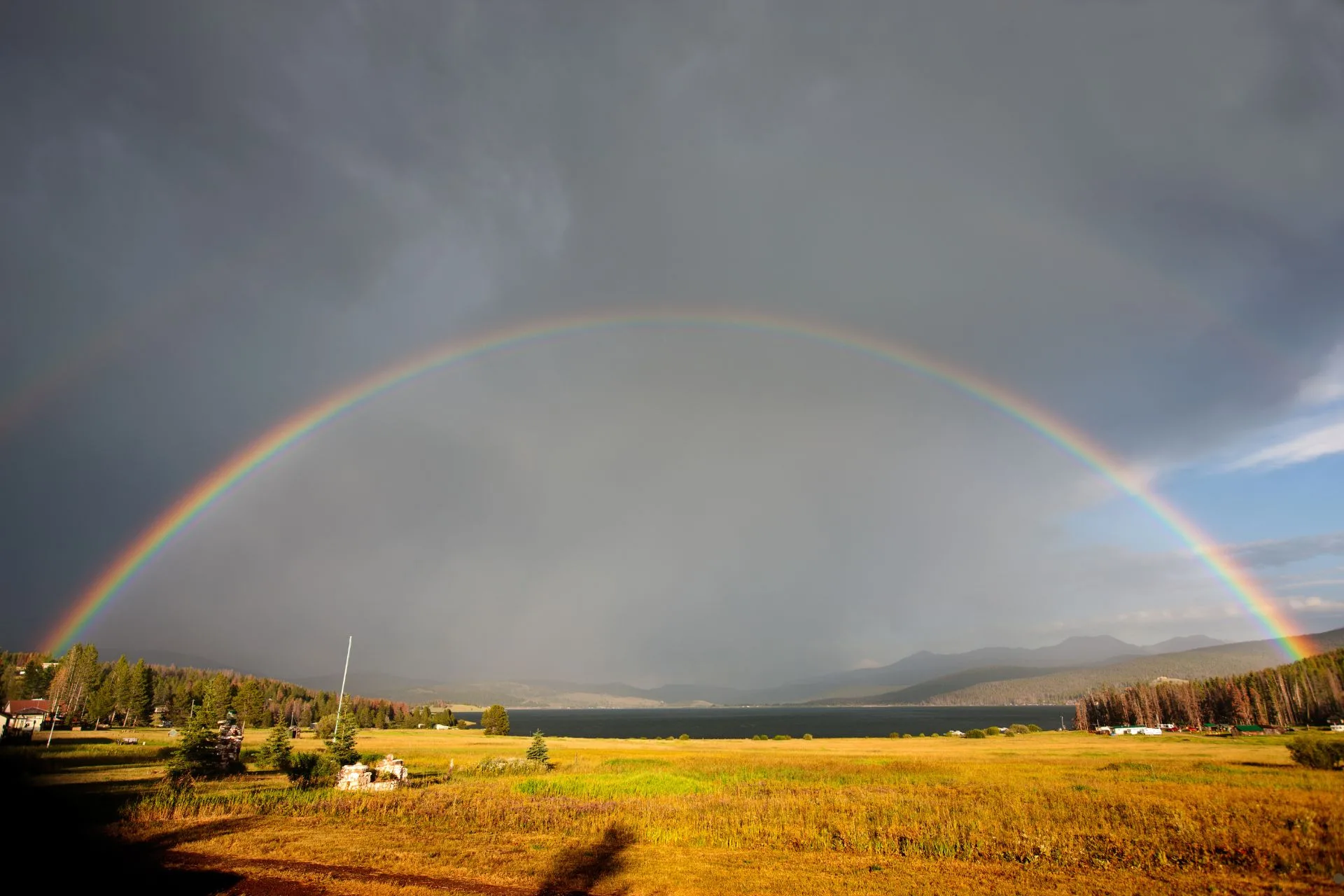Before fly rods danced and ice shacks adorned the winter horizon, Georgetown Lake, which technically is a reservoir, was nothing more than a high-country marshland known as Georgetown Flats—a little gold camp named for prospector George Cameron back in 1867. The gold dried up, the miners moved on, and the Flats faded into the past. But the real transformation began in 1885 when local power companies dammed Flint Creek, slowly backing water into the basin and swallowing the camp below. By 1907, the Anaconda Company took over and converted the site into a hydro-powered workhorse, sending electricity down a 700-foot steel pipe to the Flint Creek power plant below. They even built a flume, which is still visible today, that twists through rock tunnels and trestles like a rollercoaster. Rumor has it, if you look into the old surge tank above the plant, you might still see ghostly trout swimming circles in some sort of limbo.
By the time the Red Bridge was dismantled in 1935 and replaced with a modern dam, Georgetown Lake was already becoming more than just a utility site—it was turning into a destination. These days, it’s hard to imagine it any other way. The lake is shared by Butte, Anaconda, and Philipsburg and is now a year-round playground with cabins, boats, and anglers chasing rainbows, brookies, and kokanee. But beneath those rising trout and spinning reels is a century-old story of power, perseverance, and progress. What started as a mining camp and power project has evolved into one of Montana’s most iconic (for lack of a better word) lakes. It really is a place where history literally runs beneath the surface. So next time you’re casting a fly or sipping coffee at sunrise on its shore, take a moment to appreciate what’s buried beneath your boots. There’s more to Georgetown Lake than fish!
Source info: Visit Southwest Montana, MTGenWeb.com and Georgetown Lake: Like a Local



